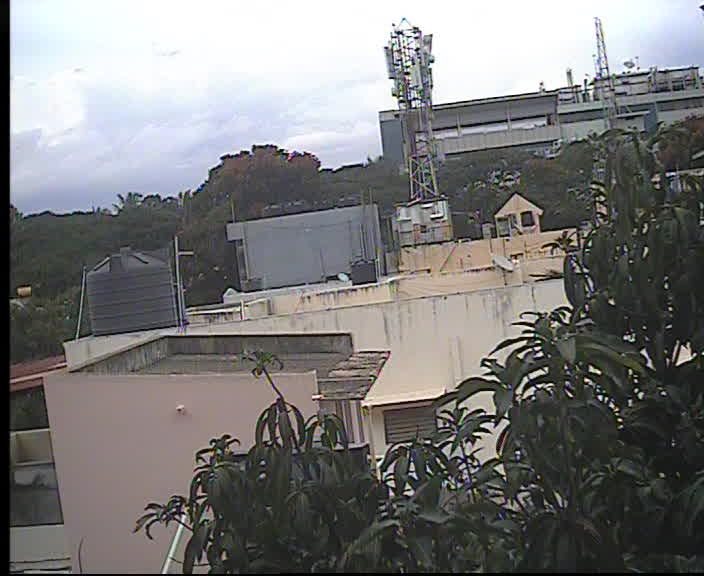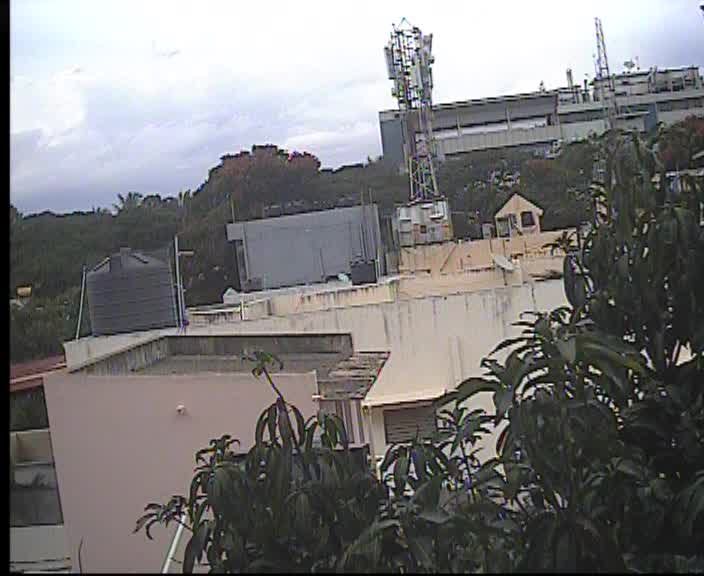Hello,
I am attempting to address the issue of video quality degrading over the process of de-interlace on the DM365 and the DM368. I see that the de-interlacer produces a rough gradient at the edges of any object in the video, which makes the video look artificial.
The following are the static configurations of the de-interlacer:
- Input Format: UYVY422 (YUV422ILE)
- Output Format: NV12 (YUV420SP)
- Threshold: 0 [No improvement in quality observed when increased in steps to 100]
- Frame Dimensions: 704x576
Since the DEI codec version is 1.x, it accepts one threshold as a static configuration. In addition to the DEI, the following are the versions of other components that are being used:
- DVSDK 4_04_00_18
- Framework Components 2.26.00.01
- Codec Engine 2.26.02.11
- Linux Utils 2.26.02.05 for Kernel v2.6.37
The following is a frame from the interlaced video:
The following is a frame from the de-interlaced video:
Over here, the roof of the building beside the telecom tower appears jagged - typical de-interlacing noise.
Would there be a configuration to decrease this noise? Besides, would an algorithm upgrade (to v2.0) improve this performance?
Thanks,
Anirudh



